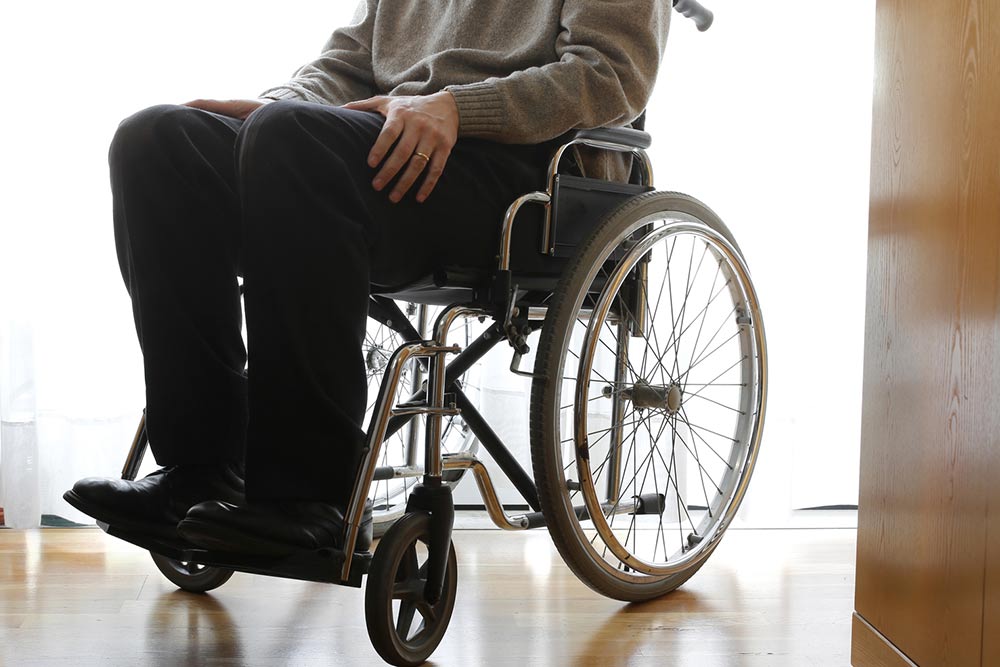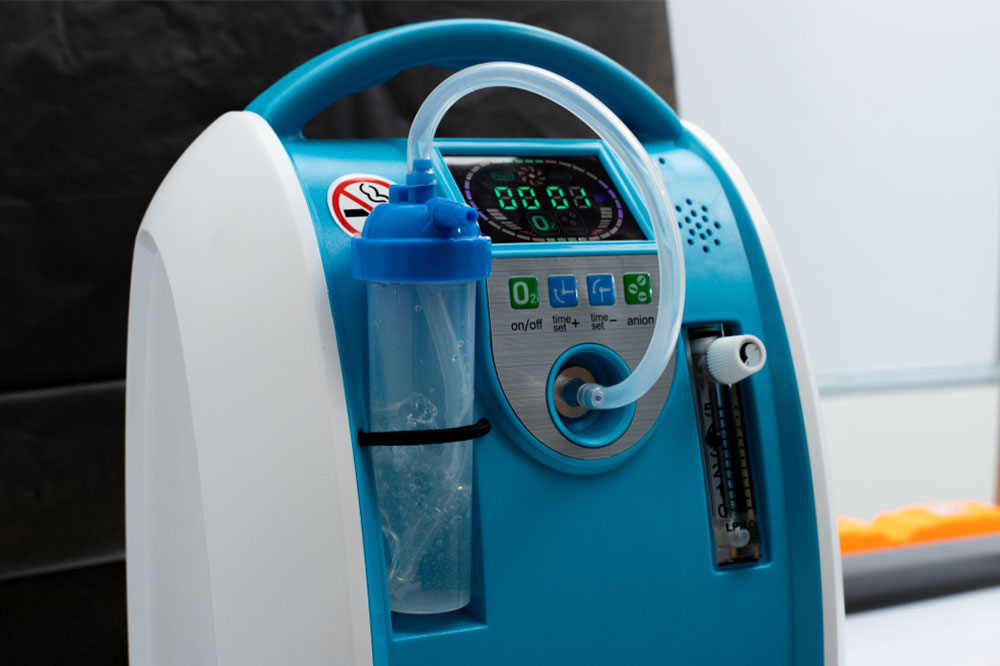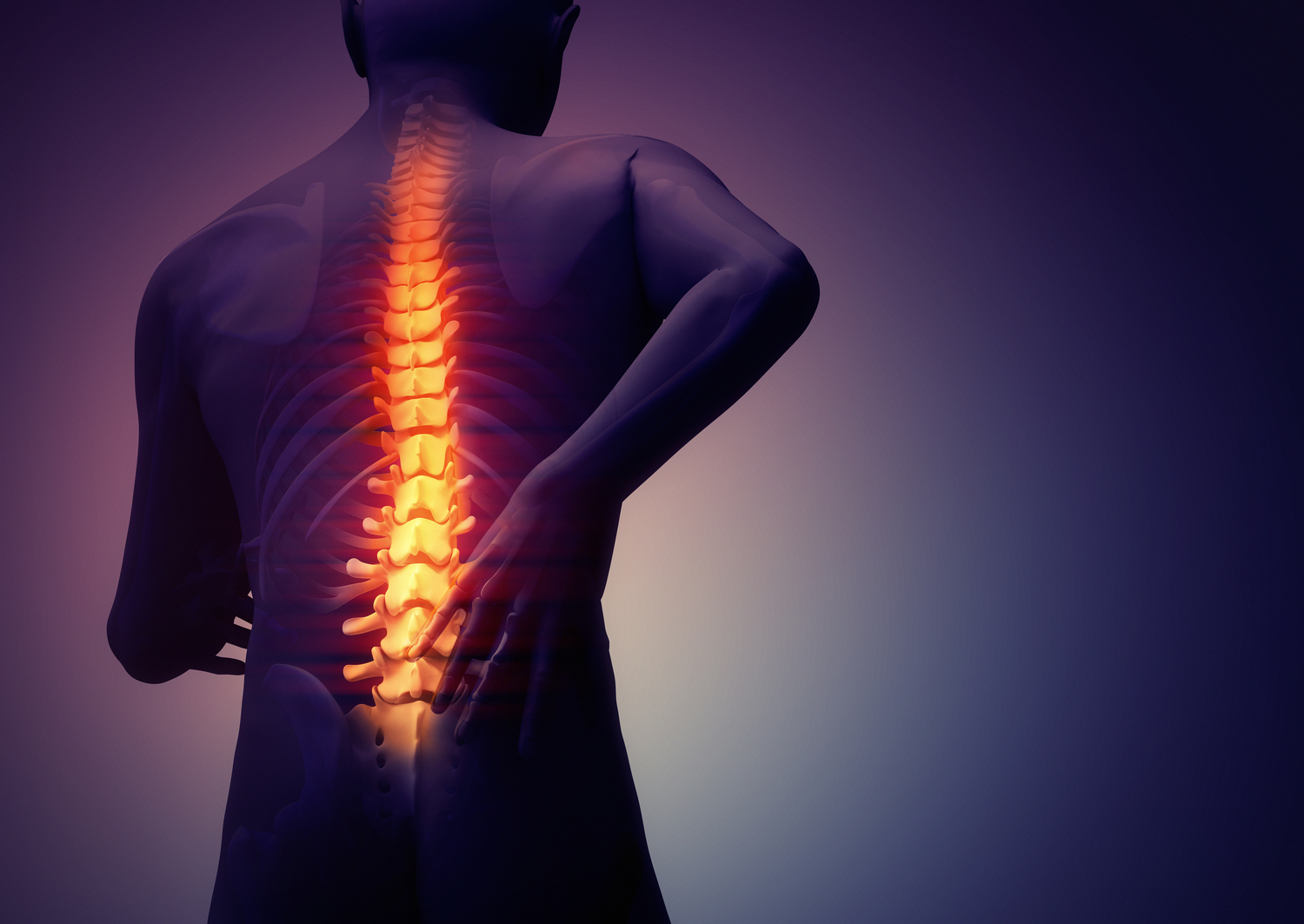Managing Life with Distal Spinal Muscular Atrophy Type 1: 3 Essential Strategies
This article highlights three crucial strategies for managing life with distal spinal muscular atrophy type 1. It emphasizes the importance of specialized care, respiratory support, and proper nutrition to improve quality of life for affected children despite the current lack of a cure. Parents are advised to assemble a multidisciplinary team, utilize breathing aids, and seek dietary guidance to address the challenges of this severe inherited condition. Early and comprehensive management can make a significant difference in health outcomes and comfort.

Managing Life with Distal Spinal Muscular Atrophy Type 1: 3 Essential Strategies
Distal spinal muscular atrophy type 1 is a genetic disorder with no current cure. It manifests in infancy, leading to muscle weakness that can cause respiratory failure.
Typically diagnosed between six weeks and six months, affected children often face life expectancy of under two years due to breathing complications. The condition results when a child inherits two defective gene copies from their parents, impairing protein production necessary for muscle cell survival.
Since distal spinal muscular atrophy type 1 lacks a cure, proactive management is vital. Although challenging, certain steps can help improve quality of life for affected children.
Ensure Optimal Care
Parents must accept that their child will require continuous medical support and will not lead a typical childhood. Establishing a multidisciplinary team—including neurologists, dietitians, physiotherapists, respiratory therapists, and pediatricians—is essential for comprehensive care, addressing all aspects of the child's health.
Implement Respiratory Support
Breathing difficulties are a major concern in this condition. Proper respiratory management, such as chest physiotherapy, suctioning to clear secretions, and medications, can alleviate symptoms. Mechanical ventilation or non-invasive breathing aids may be necessary to manage night-time hypoventilation and infections. Patience and thorough evaluation of options are key for caregivers.
Seek Nutritional Guidance
Muscle weakness interferes with chewing and swallowing, risking malnutrition and aspiration. Feeding methods like nasogastric, nasojejunal, or gastrostomy tubes can ensure proper nutrition. The choice depends on the child's comfort and medical advice, aiming to prevent complications like respiratory infections caused by improper feeding.
Note:
Our platform provides extensive information across various health topics. While our research aims to offer valuable insights, it should not replace professional medical advice. Readers are encouraged to consult healthcare professionals for personalized care and treatment options. The site may not cover all programs or schemes available, and we disclaim responsibility for any discrepancies or omissions.










